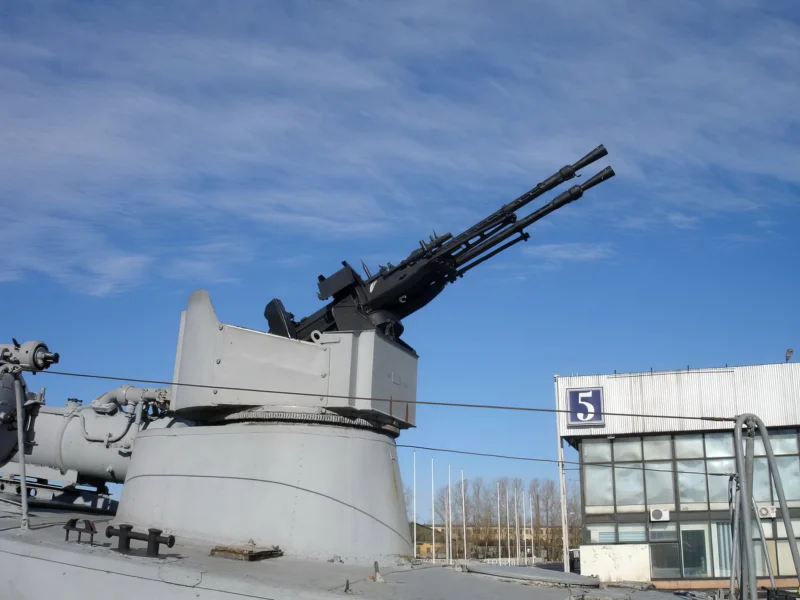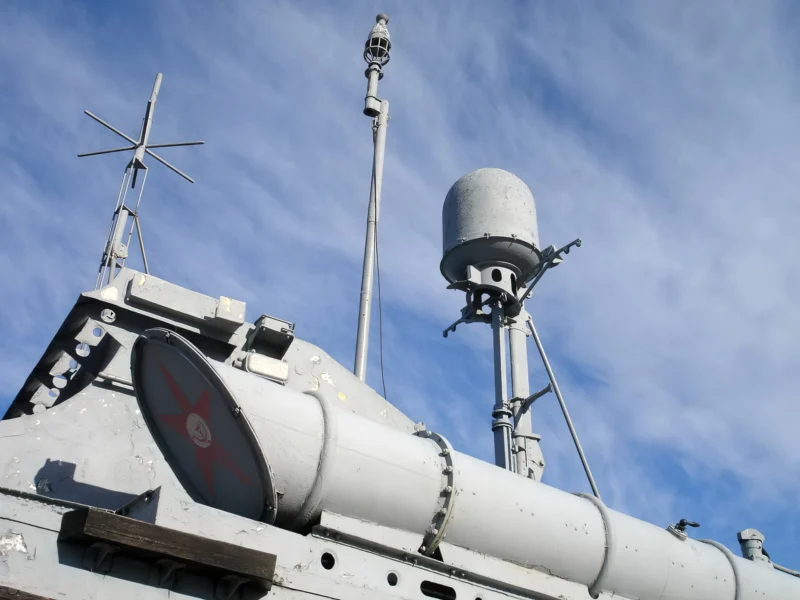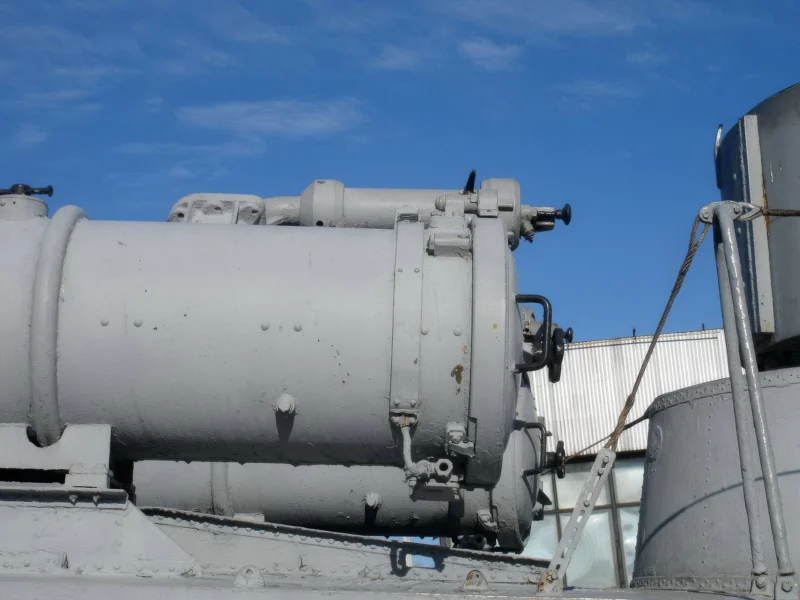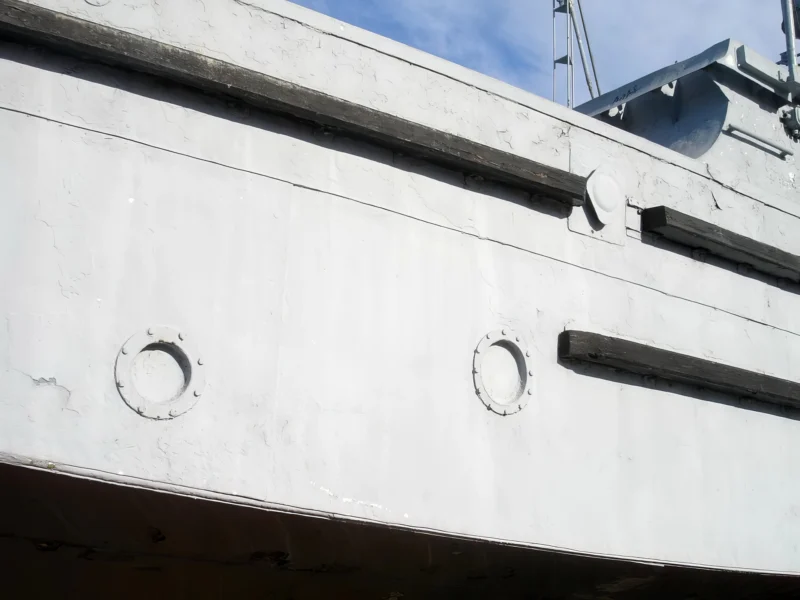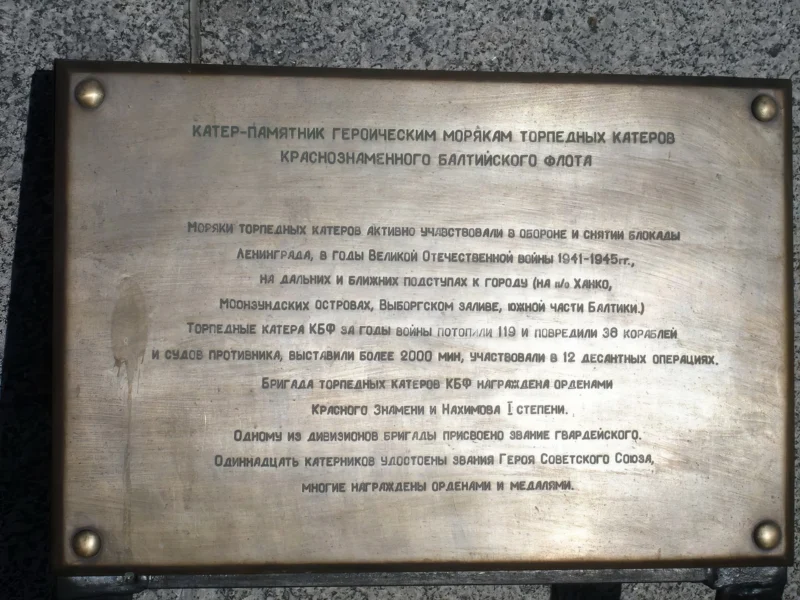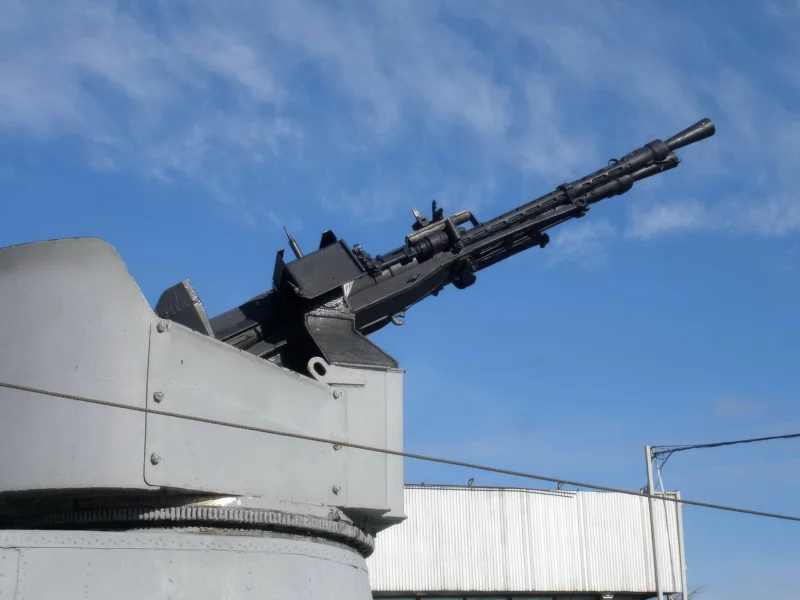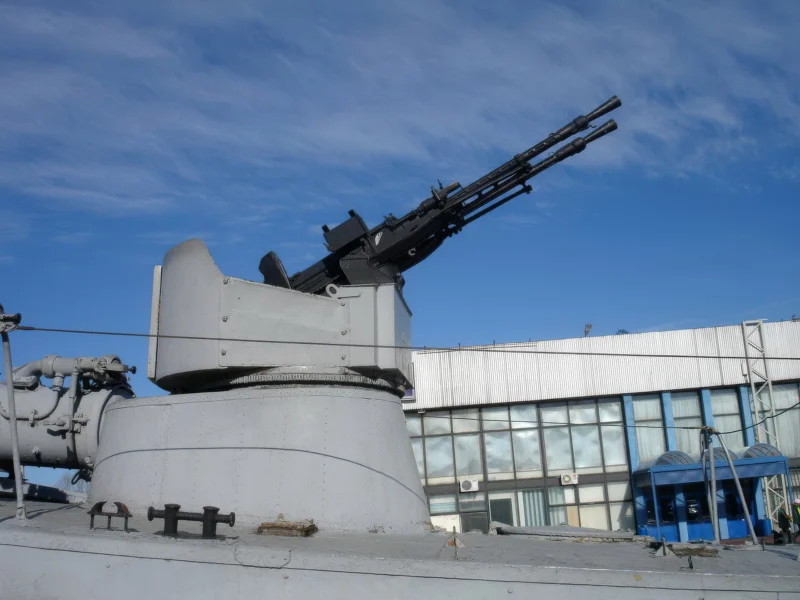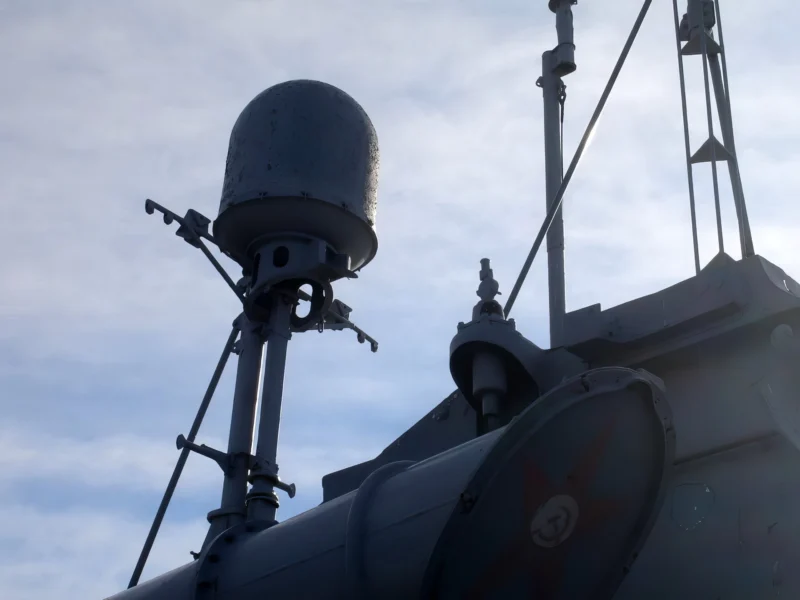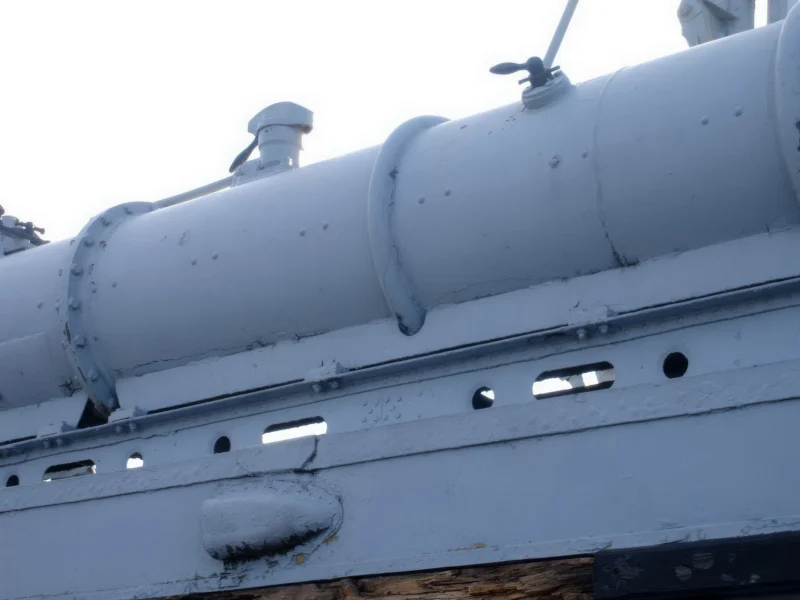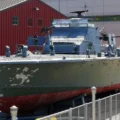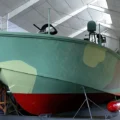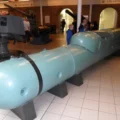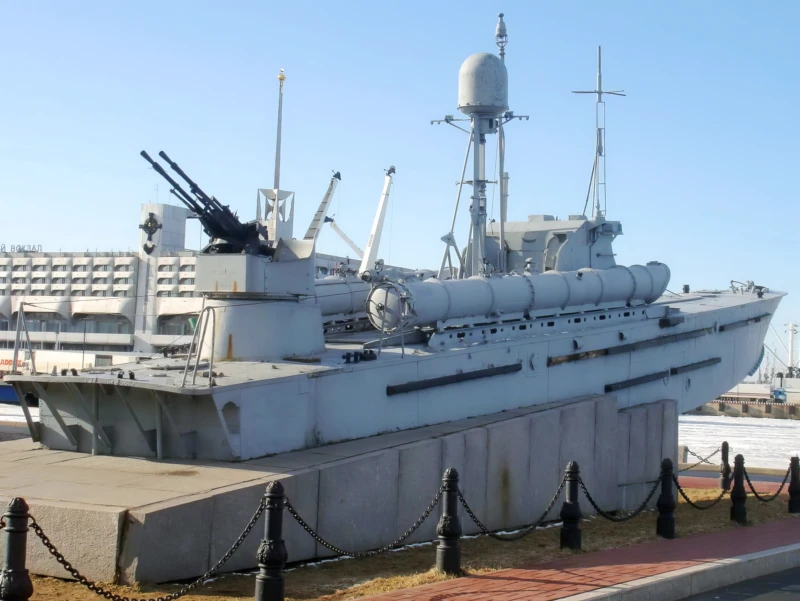
Project 123 “Komsomolec” | |
|---|---|
| Country | URSS |
| Type | Torpedo Boat |
Photo gallery of a Project 123 “Komsomolec”, The Project 123 “Komsomolec” was a torpedo boat.
| Project 123 “Komsomolec” – WalkAround | |
|---|---|
| Photographer | Unknow |
| Localisation | Unknow |
| Photos | 62 |
See also:
The Project 123 “Komsomolets” (Komsomoletz) was a class of Soviet small torpedo boats, often referred to as **motor torpedo boats (MTBs)**, developed shortly after the end of World War II. They represented a continuation of Soviet naval doctrine, which emphasized the use of small, fast, and heavily armed craft for coastal defense and swift strikes against larger enemy vessels.
The “Komsomolets” designation reflects the post-war Soviet practice of naming military projects after ideological or national symbols.
Design and Characteristics
- Role: Coastal defense, high-speed torpedo attack, and patrol.
- Dimensions: These boats were relatively small and light, featuring an all-metal hull that prioritized speed and stealth for hit-and-run tactics.
- Propulsion: The Komsomolets was designed to be very fast. It was powered by a set of powerful **M-50F diesel engines**, giving it high maximum speeds, typically in the range of **48 to 50 knots (about 90-93 km/h)**.
- Armament: Despite their small size, they were heavily armed for their primary mission:
- Torpedoes: The core offensive weapon was two **533 mm (21-inch) torpedo tubes** mounted externally, capable of launching heavy torpedoes against capital ships.
- Anti-Aircraft: They were usually equipped with **twin 14.5 mm KPV heavy machine guns** in a turret mount, providing defense against aircraft and light surface targets.
- Technology: The Komsomolets introduced some key post-war features, including more reliable radar and communication equipment compared to wartime designs.
Operational History and Legacy
- Service Entry: The Project 123 boats began entering service in the late 1940s and continued through the early 1950s.
- Doctrine: They were used extensively in the Soviet coastal fleets and were intended to swarm and overwhelm enemy task forces near the coast, relying on their speed to avoid return fire.
- Export: The design, or derivatives of it, were exported to several Soviet allied nations, where they formed the backbone of many smaller navies.
- Transition: The Komsomolets class was one of the last high-speed torpedo boats powered solely by internal combustion engines before the transition to missile boats. They were later largely replaced in Soviet service by larger, more capable missile craft in the 1960s.
The Project 123 “Komsomolets” is historically significant as a transitionary design, embodying the pinnacle of conventional World War II-era motor torpedo boat technology while incorporating early post-war engine and radar advances.
Views : 2294
